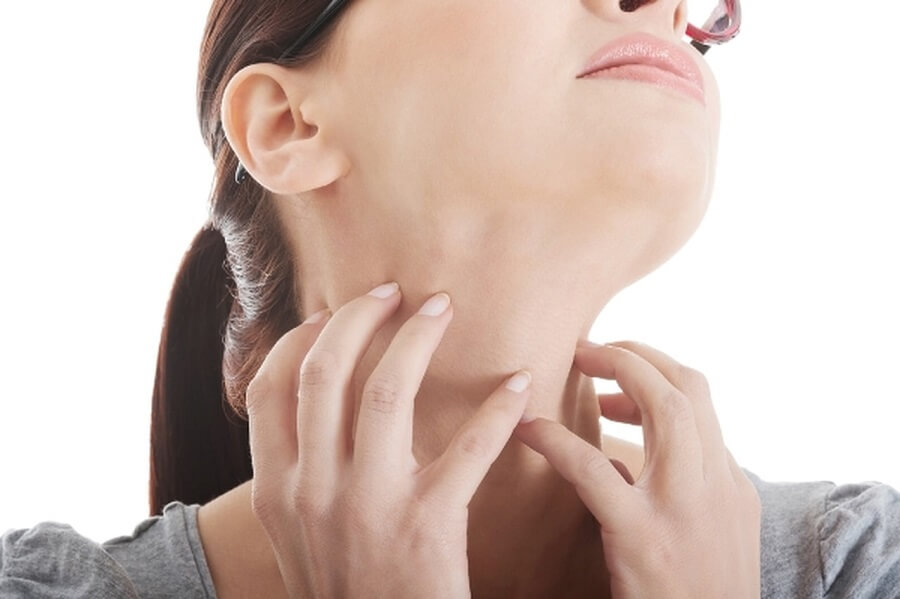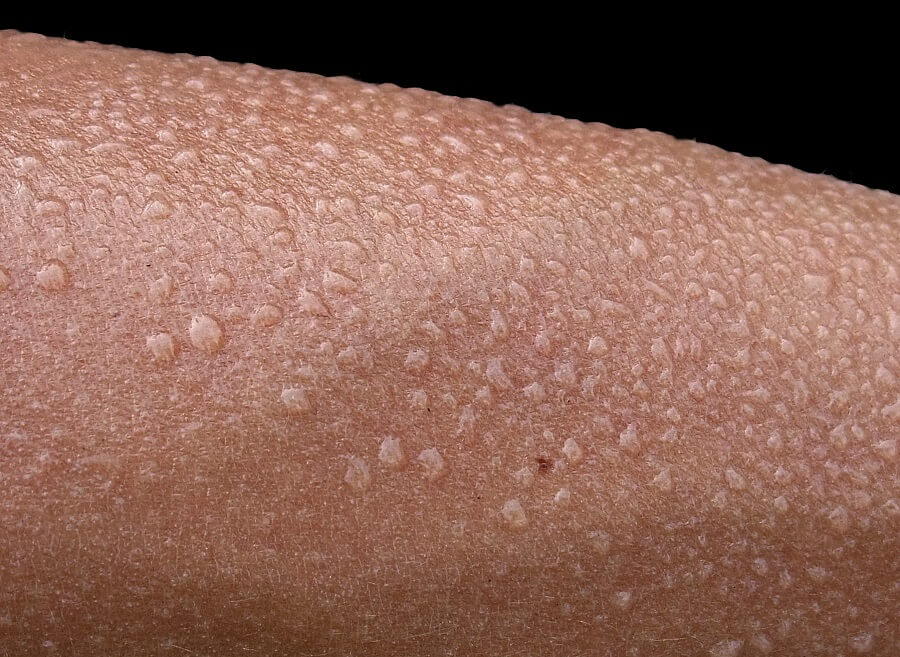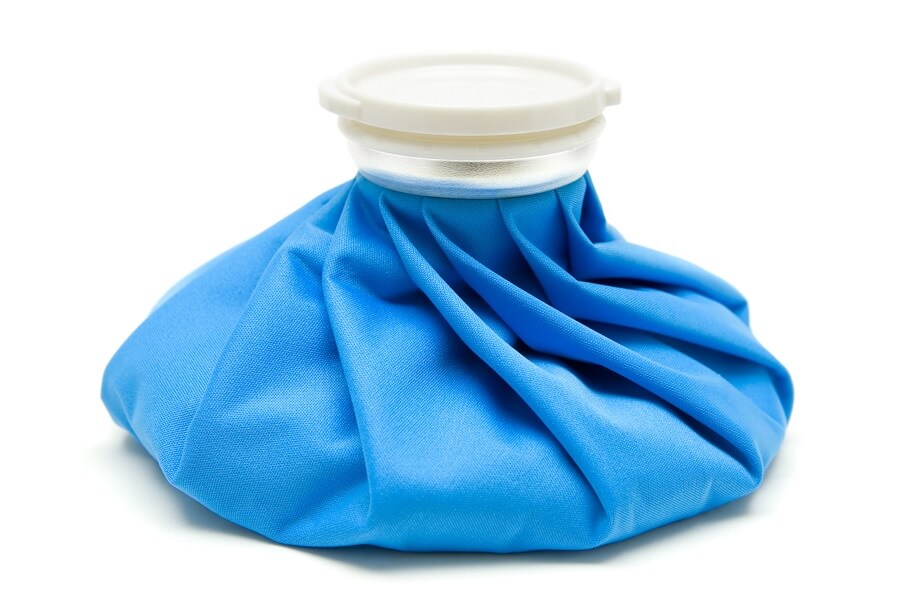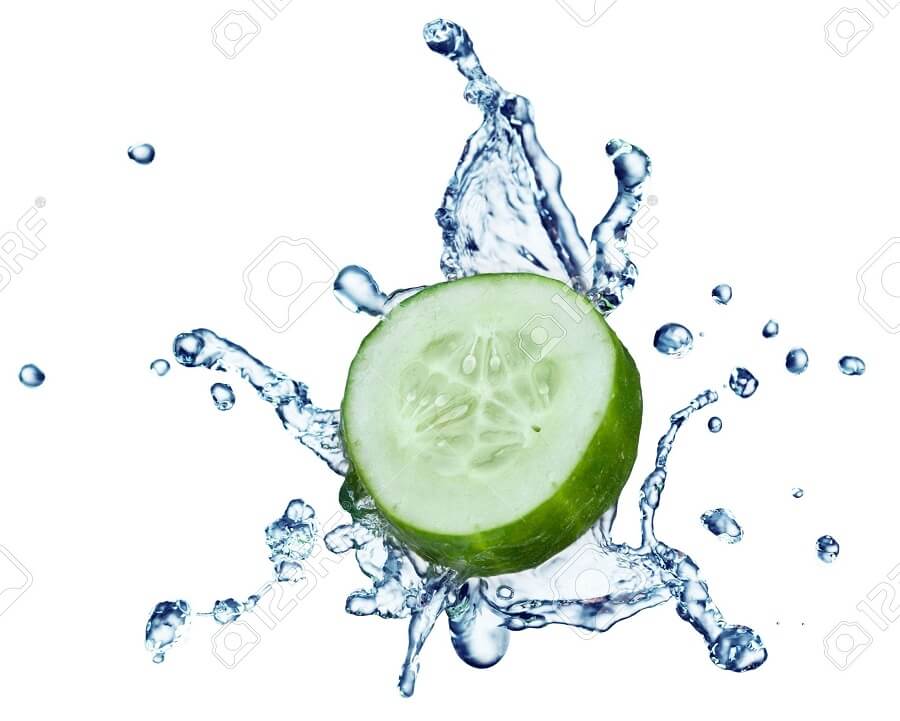There are a lot of types of skin rashes that look bad and feel even worse. But one of the most common ones is the so called heat rash, prickly heat, or miliaria. And it hits precisely when we crave to feel as comfortable as possible, in the summer. No wonder we want to find which is the best heat rash treatment out there. But what exactly is a heat rash, what causes it, and more importantly, how can you treat it? Read on to find out everything you need to know about this topic.

What Is a Heat Rash?
Miliaria is a type of red or pink skin irritation that usually develops in the summer and appears on portions of the body covered by clothing. It appears predominantly on the neck area, upper chest, groin, in the elbow creases, and under the breasts. The skin irritation is more common in babies, but is can also affect adults as easily, causing discomfort and itching. It looks like a cluster of pimples or blisters. Sweating a lot can also contribute to the forming of prickly heat.

What Causes Miliaria?
Usually, the cause of the rash is overdressing during extremely warm days. Overdressing leads to sweating, which in very hot and humid weather can block the sweat ducts, allowing the sweat to enter the skin cells. This is how portions of tiny inflammations are formed and this is how the rash takes shape. But what exactly causes the sweat ducts to block? There is a germ called Staphylococcus epidermidis that usually lives on your skin and forms a sticky substance, which combined with excessive sweat and dead skin cells leads to blocked sweat ducts.
What Are the Symptoms of a Heat Rash?
The most common symptoms are those itchy bumps that appear on the skin and that can sometimes cause a prickly feeling similar to the one of a mild sunburn. However, the symptoms also range according to the type of heat rash you are experiencing.
There are three types of heat rash:
- miliaria crystalline, which happens at superficial layers of the skin and looks like small beads of sweat;
- miliaria rubra, which is the most common one, that appears in the deeper layers of the skin and causes larger blisters and redness of the affected area;
- or miliaria profunda, which appears after repeated episodes of miliaria rubra and it causes even larger skin-colored blisters.
How Can You Prevent a Heat Rash?
If you want to prevent getting a heat rush this summer, here are a few tips that will help:
- Try not to overdress during really hot days and keep close to air-conditioning as much as possible.
- Don’t dress in really tight clothes, your skin won’t be able to breathe properly and it is much more likely that you will get a heat rash under these conditions. Try to wear loose clothes from fabrics such as cotton.
- Keep in mind that lotions or creams that are too heavy can also contribute to clogging your pores.
- It is also advisable to be careful what type of soap you use. Avoid using one that dries your skin or that contains fragrances or dyes.
- Avoid excessive physical activity during really hot days or in humid weather.
- Shower as frequently as you can – it will prevent your skin glands from getting clogged.
- Make sure to sleep in a cool and well-ventilated area.
- Alternatively, you can exfoliate your skin and remove the dead skin cells that could be clogging your sweat glands.
What Is the Best Heat Rash Treatment?
The good news about a heat rash is that under normal conditions it should clear up by itself in a couple of days. But there are things that you can do in order to speed up that process. Check out these heat rash treatment options and decide for yourself which is the best:
- First of all, it is important to keep your body as cool as possible. If you decide to do that by taking a cold shower, make sure you let your skin air dry and do not apply any type of product on it that might contribute to the clogging of your pores.
- Antibacterial products are a good heat rash treatment that can shorten the duration of the symptoms. Try an antibacterial soap the next time you’re dealing with a heat rash.
- In terms of products for heat rash treatment, calamine, menthol or camphor-based ones can work wonders. Topical steroid creams are another option, but use them carefully, as they can sometimes clog your pores even more.
- The proteins Labilin and Triclosan which are found in powder talc help prevent infection. Plus, the powder helps your skin stay dry.
- Another thing which you can do in terms of heat rash treatment is to avoid skin-to-skin contact as much as possible. You can do that by placing pieces of material made of cotton in areas where the skin tends to fold.
- Apply packs of ice on the affected areas, but make sure not to keep them on longer than 20 minutes each hour.

- Hydrocortisone creams are really good as a heat rash treatment and they can be found in pharmacies. They are beneficial for your rash and eczema, provided you don’t use them on your face and follow the provided instructions.
- Oral antihistamines, for instance Benadryl or Claritin, help with the itching sensation.
- Drink lots and lots of water – it keeps you hydrated and it keeps your body temperature at a cooler level.
- Sometimes when you get a heat rash you also get a fever. If this is the case with you, the best heat rash treatment might be drugs such as Tylenol or Advil. Also, don’t forget to seek medical advice.
- Calamine lotion is something that you can find in pharmacies and that helps you treat the irritation of your skin. In case your rash is more extreme, your doctor will most likely prescribe other types of lotions as well.
Natural Remedies to Help with the Pain and Discomfort
- Sandalwood powder: this product has soothing properties that will help reduce the inflammation on your skin and cool off your body. Mix it with the same amount of rose water and apply the past on the affected areas until it dries off, then wash it away with cold water.
- Aloe vera: Another natural product with soothing abilities. Just apply some aloe vera gel on your skin, it will instantly cool it off.
- Take an oatmeal bath: Yes, you heard that right. Oatmeal is known for its soothing properties. If you’re looking for something to stop the irritation and inflammation, and also act as an exfoliator, this is a perfect option. No more dead skin cells to clog your pores. Put one cup of ground oatmeal powder in your cold-water bath and sit in it for 20 to 30 minutes, then get out and pat yourself dry.
- Margosa leaves have amazing antiseptic properties. Grind up some leaves into a paste and rub the paste on your skin. After it dries off, wash it away with cold water.
- Gram flour is an alternative to the oatmeal bath. Just mix some tablespoons with water and use the paste to the affected areas. Leave it on for 10 to 15 minutes and wash it off with cold water.
- Cucumber both soothes and hydrates the skin like no other. Cut some cucumber slices, immerse them into some cold water with lemon, and place them on your skin.

- Jewelweed juice is good for treating heat rash – rub it on your skin for a couple of days and you will see the difference. Plus, it will also soothe and cool off your skin.
- Multani mitti (or fuller’s earth) helps with damaged and infected skin. Make a paste out of leaves and apply it on the areas that are affected by heat rash. After it dries, clean it off with cold water.
If No Heat Rash Treatment Works, Should I Go to the Doctor?
One of the concerns that many people have when they get a heat rash is if they should go to the doctor or not. Seeing how prickly heat looks on your skin, you might be tempted to get alarmed and think you need a doctor’s care. But heat rash is rarely a serious condition and it should go away on its own after a few days, especially if you take into account all the home-based treatments above.
However, there are complications that can arise and that will require a trip to your physician. Here is when you should go to the doctor if you have a heat rash.
- The rash doesn’t go away in a few days.
- The rash becomes worse after 3 or 4 days.
- The bumps that form on your skin start bursting and ooze puss, or if the itching is severe, it might be a sign that you’re developing an infection, and you should seek medical advice.
- You develop other symptoms of illness, such as fever, dizziness, headaches, chest pain, shortness of breath, nausea, or vomiting, it is time to call your doctor. You might be experiencing symptoms characteristic of heatstroke or heat exhaustion.
To Sum It All Up
Especially during hot summer days and humid climate, heat rash is not an uncommon thing to have. The important thing to remember is that it is rarely serious, so you shouldn’t panic. There are plenty of treatment options, and a series of natural remedies that you can try in order to relieve your discomfort. It is more uncomfortable than it is dangerous, so just read our list of heat rash treatments and choose the one you like best.
